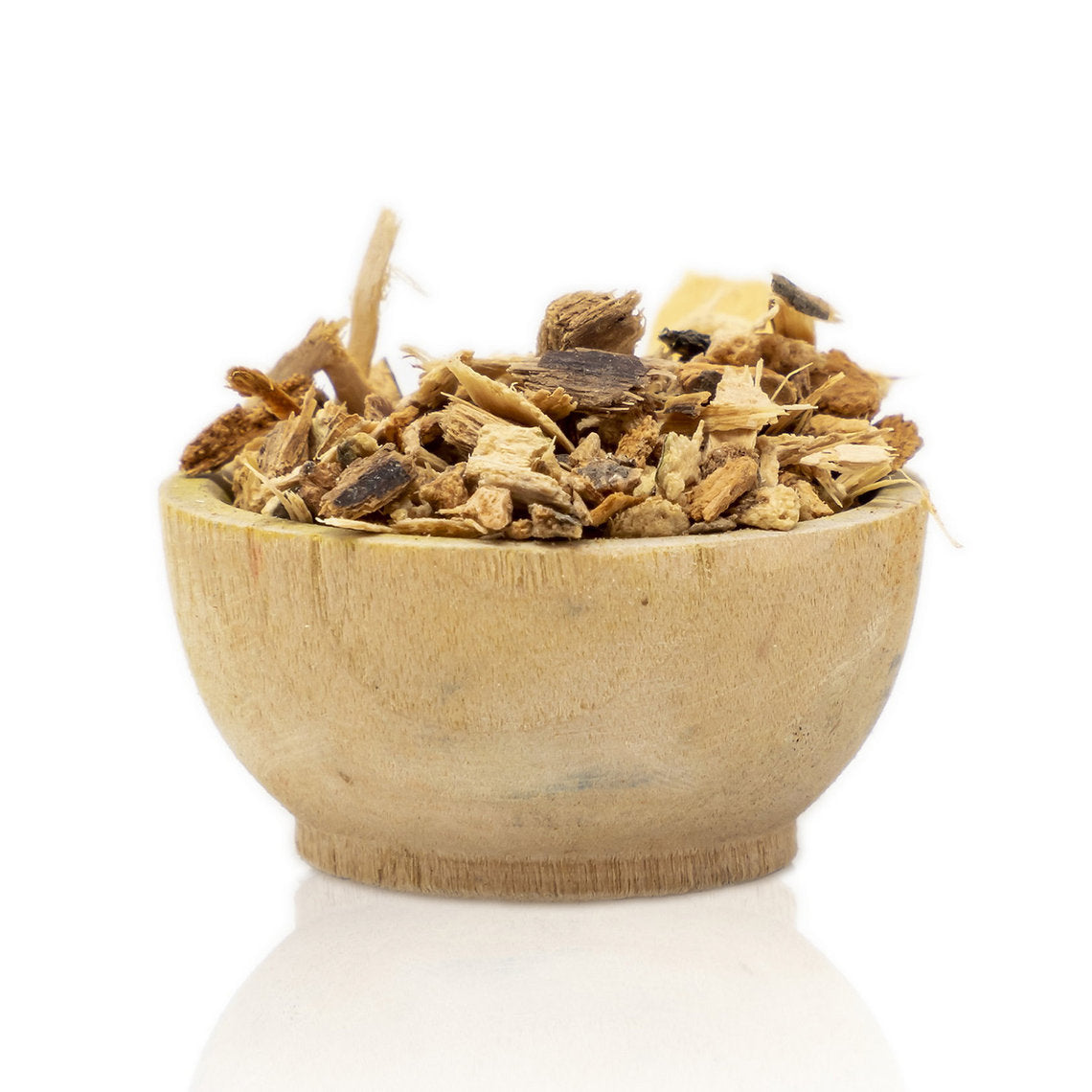
Horse Chestnut Bark (Aesculus hippocastanum) organic
Pickup available at eHouse Rishon
Usually ready in 24 hours
Reliable shipping
Flexible returns
Description
Horse chestnut, also known as buckeye, conker tree, or Spanish chestnut (not to be confused with the edible sweet chestnut), is a large deciduous tree native to Europe and widely planted for its striking flowers and spiny fruits. In the dyepot, its bark is highly valued: rich in tannins, it produces soft earthy hues that range from light browns to warm yellows and oranges depending on mordant choice.
Historical Note
While sweet chestnut (Castanea sativa) was historically cultivated for the tanning industry in Southern Europe, horse chestnut was never a major commercial tanning tree. Instead, its bark and seeds were used locally as a folk source of tannins—employed in rural dyeing traditions, for small-scale leather preparation, and as an accessible substitute when more established tanning barks like oak or chestnut were unavailable. Its better-known role outside the dyepot was medicinal, valued as an anti-inflammatory remedy and used in traditional cures for circulation.
Active Coloring Compounds
Catechic tannins (30–40%).
CI Colour Name
Closest family: CI Natural Brown 7 / Natural Yellow 13.
Shading Tips
- No mordant → soft browns, warm neutrals
- Alum → brighter yellow-brown tones
- Copper → muted orange hues
- Iron → deeper browns and greys
- As a chelating tannin source, horse chestnut bark can be used before other dyes to improve alum uptake on cellulose fibres, helping create stronger, more durable colours.




